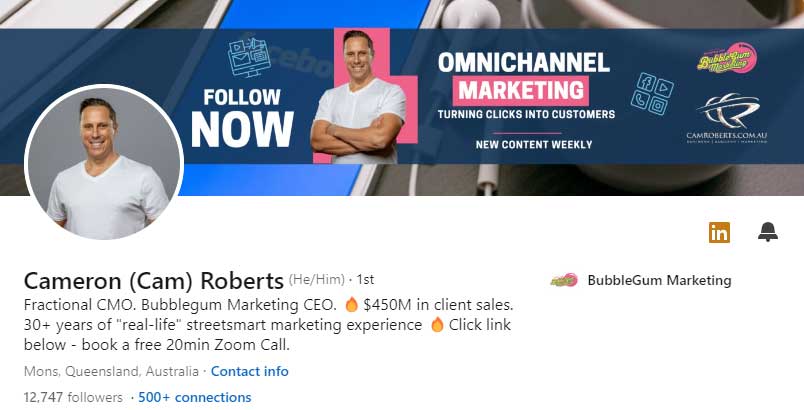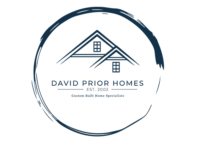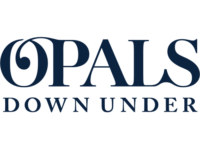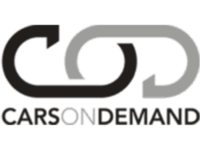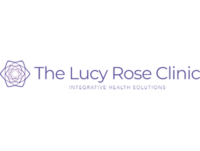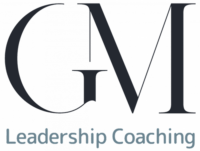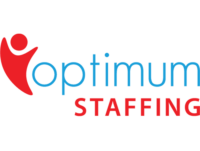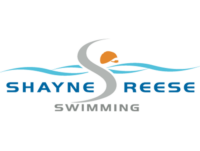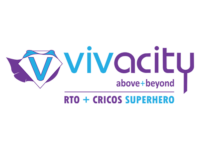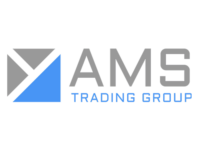Sales Funnel Strategies for B2B Companies
By Cameron Roberts – Founder & CEO of Bubblegum Marketing,
Posted On March 27, 2025
In the world of B2B, sales funnel strategies are crucial. They guide potential customers through the buying process.
But what exactly is a sales funnel?
It’s a model that illustrates the journey a customer takes from first contact to final purchase. It’s a strategic tool that helps businesses understand and optimize this journey.
Why is it important for B2B companies?
A well-structured sales funnel can significantly improve lead generation and conversion rates. It can help businesses attract high-quality leads, nurture them effectively, and ultimately convert them into loyal customers.
This article aims to provide B2B companies with effective sales funnel strategies. It’s designed to offer actionable insights and best practices for creating and optimizing a B2B sales funnel.
Who should read this article?
If you’re a B2B marketer, a sales professional, a business owner, or an entrepreneur looking to enhance your sales processes, this article is for you. It’s for those who want to drive more revenue through strategic funnel management.
What can you expect from this article?
We’ll start by defining a B2B sales funnel and its importance in the sales process. We’ll then delve into the stages of a typical B2B sales funnel: Awareness, Interest, Decision, and Action.
This article will explore the role of content marketing, lead magnets, email marketing, and CRM tools in the funnel. We’ll also discuss how to create compelling offers, use social proof, and leverage technology to optimize your funnel.
Finally, we’ll share case studies of successful B2B sales funnel strategies.
So, are you ready to improve your lead generation and conversion rates?
Let’s dive into the world of sales funnel strategies for B2B companies.

Understanding the B2B Sales Funnel
A B2B sales funnel is much more than a series of stages. It’s an essential framework for guiding potential buyers to becoming loyal clients. Understanding its structure and function is key to success.
A typical B2B sales funnel starts broad and gradually narrows. It encompasses the entire buyer’s journey, from the first touchpoint to closing the deal. Each stage in the funnel requires a different approach. The strategies used must be tailored to address the distinct needs and behaviors at each phase.
By understanding these stages, businesses can optimize their tactics. They can learn how to attract interest, generate leads, nurture prospects, and convert them into customers, or you can contact a sales funnel agency for expert guidance.
Here are the core elements that define a successful B2B sales funnel:
- Awareness Stage: Potential customers discover your company and its offerings.
- Interest Stage: Prospects evaluate your services and consider how they fit their needs.
- Decision Stage: Prospects decide whether to choose your products over competitors.
- Action Stage: Buyers commit and make a purchase.
- Retention Stage: Businesses focus on building loyalty and encouraging repeat purchases.
The B2B environment is complex, requiring a strategic and disciplined approach. This involves aligning sales and marketing teams and leveraging accurate data. It is essential to ensure all players understand their roles in guiding leads down the funnel.
Moreover, understanding this funnel allows companies to identify potential weaknesses. By analyzing each stage, businesses can implement improvements to strengthen their sales process overall.
The Importance of a Sales Funnel in B2B
Having a well-defined sales funnel is crucial for B2B companies. It provides a structured approach to managing prospects. This structure aids in maintaining a steady flow of leads and prevents missed opportunities.
A sales funnel helps businesses visualize their sales processes clearly. With this visualization, they can track every interaction and touchpoint. This visibility ensures that no lead slips through the cracks.
Moreover, a sales funnel allows for better resource allocation. By understanding where prospects are in the journey, businesses can focus efforts where they matter most. This focus results in efficient use of time and budget.
With robust sales funnel strategies, B2B companies enhance their chances of success. They can boost conversion rates and increase customer retention. Not only do they attract new clients, but they also nurture long-term relationships.
B2B vs. B2C Sales Funnels: Key Differences
The sales processes in B2B and B2C can appear similar, but key differences set them apart. One primary difference lies in the buying decision complexity. B2B decisions often involve multiple stakeholders, extending the sales cycle.
Another difference is in the personalization of the sales approach. B2B sales funnels typically involve targeted, relationship-driven interactions. B2C transactions are often quicker and need less personal engagement.
Price points and product complexities also vary. B2B transactions usually involve higher-value offers and require more detailed information. Conversely, B2C sales are more straightforward, focusing on quick decisions and immediate needs.
Moreover, the goals of each type of funnel differ. B2B funnels aim to build long-term partnerships, emphasizing customized solutions. In B2C, the focus often lies on spontaneous purchase decisions, driven by marketing promotions.
Understanding these differences is crucial for B2B marketers. It helps in crafting strategies that align with complex buyer personas and extended decision-making processes. This understanding ensures that every part of the funnel aligns with the unique dynamics of B2B sales.

The Stages of a B2B Sales Funnel
The B2B sales funnel consists of structured stages. Each stage plays a vital role in converting prospects to customers. Understanding these stages allows for a systematic approach to managing and nurturing leads.
The funnel stages are designed to gradually narrow down leads. This filtering process ensures only qualified prospects move forward. Each stage requires unique strategies and tools to engage leads effectively.
A well-managed funnel guides potential buyers from the first point of contact. It offers clarity and direction throughout the sales cycle. Focusing on each stage can lead to higher conversion rates and better customer relations.
Using a checklist can help manage these stages efficiently:
- Awareness: Initiate contact and introduce potential clients to your brand.
- Interest: Engage prospects by highlighting the benefits and features of your offerings.
- Decision: Support prospects in evaluating how your solution meets their needs.
- Action: Encourage purchase commitment by finalizing deals.
- Retention: Maintain customer relationships to foster loyalty and repeat business.
The structured approach ensures each prospect is given the attention needed. By identifying their position in the funnel, you can tailor your interactions accordingly. This structured guidance maximizes resource use and minimizes guesswork in the sales process.
1. Awareness: Capturing Attention
The awareness stage is critical for brand introduction. Here, the goal is to capture the attention of potential clients. Successful strategies involve content marketing and visibility initiatives.
Building awareness involves more than just advertising. It includes educating prospects about your brand and what you can offer. This education can occur through informative blog posts, social media engagement, and industry events.
This stage sets the foundation for the buyer’s journey. Providing valuable information encourages prospects to take a closer look at your offerings. It’s essential to position your brand as a knowledgeable resource in your industry.
2. Interest: Generating Curiosity
Once a prospect is aware of your brand, the next step is cultivating interest. This stage involves engaging prospects with more detailed information. It’s about sparking curiosity and encouraging further exploration.
Content plays a key role here. Sharing resources like webinars, whitepapers, and case studies helps prospects understand the value of your solutions. These resources should address the specific challenges that your target audience faces.
The interest stage is also about building a connection. Personalized follow-ups and engaging discussions can guide prospects toward deeper interest. This personal touch differentiates your brand from competitors.

3. Decision: Facilitating Evaluation
In the decision stage, the prospect evaluates the offerings. This evaluation is a critical point where trust and credibility are paramount. It’s crucial to facilitate this process by providing clear, valuable insights.
Offering comparisons and testimonials can help prospects weigh their options. Case studies that highlight results achieved by similar companies can also be persuasive. They serve to reinforce the effectiveness and reliability of your solutions.
This stage often involves addressing any objections the prospect might have. Prompt and transparent communication can alleviate concerns. Helping prospects understand how your solutions align with their specific needs is key here.
4. Action: Closing the Deal
The action stage is where prospects become clients. It’s about finalizing the decision to buy and ensuring a smooth transaction. Effective strategies include clear offers and incentives to motivate purchase.
At this stage, minimizing friction in the buying process is crucial. Streamlined payment and contracting processes facilitate a smooth transition. Providing a clear path to purchase can prevent any potential drop-off.
This stage also involves setting expectations for the future. Communicating post-purchase processes and support ensures clients feel confident in their decision. A strong, reassuring close can lay the groundwork for lasting relationships.
5. Retention: Building Loyalty
The retention stage focuses on keeping clients engaged post-purchase. Building loyalty through consistent value and excellent service is the main goal. Retained clients are more likely to become repeat buyers or advocates.
Ongoing support and customer service contribute significantly to retention. Regular check-ins, personalized offers, and exclusive insights keep clients connected. These efforts strengthen the relationship and demonstrate commitment to their success.
Moreover, satisfied clients can lead to valuable referrals. Encouraging reviews and testimonials can expand your reach. Retention efforts thus not only secure existing revenue but also open doors to new opportunities.
Crafting Your B2B Sales Funnel Strategy
Crafting an effective B2B sales funnel strategy requires careful planning. The goal is to attract, engage, and convert prospects efficiently. Each element of your strategy should align with the unique needs of your business.
Your strategy needs to focus on clear identification of your target audience. Understanding who they are and what they need is the starting point. This insight will guide the development of tailored strategies at each funnel stage.
Content marketing plays a crucial role in nurturing leads. High-quality content establishes thought leadership and positions your brand as a trusted authority. It’s important to integrate a variety of content types to engage different audiences.
Lead generation techniques are essential for a steady stream of prospects. Using effective lead magnets can capture attention and compel prospects to share their information. This foundational step fuels your entire sales process.
Once leads are generated, nurturing them with targeted communication is vital. Email marketing is a powerful tool for maintaining contact and building relationships. Well-designed campaigns can guide prospects through the funnel towards conversion.
Personalization sets your marketing efforts apart. Utilizing CRM tools enables this by collecting and analyzing customer data. With this intelligence, you can customize interactions to meet specific prospect needs.
Measuring performance ensures your strategy remains effective. Analytics tools offer critical insights into how each stage of the funnel is performing. Regular evaluation enables ongoing optimization and improvement.

Identifying Your Target Audience
Identifying your target audience is fundamental. It’s the key to a well-aligned funnel strategy. Understanding their needs helps in crafting relevant messaging.
Begin by analyzing demographic and firmographic data. This includes industry, company size, and role within the organization. Further segmenting based on behavior can refine your focus even more.
Surveys and interviews can provide deeper insight. These tools allow you to capture specifics about challenges and goals. This information is vital for tailoring your marketing approach.
Content Marketing and Thought Leadership
Content marketing drives inbound leads. It’s about creating valuable content that resonates with your audience. Thought leadership strengthens your brand’s reputation.
High-quality content like blogs, infographics, and videos engage prospects. Each piece should offer insights or solve problems. This positions your brand as an industry authority.
Publishing thought leadership content elevates your profile. It helps you build trust with your audience. Over time, this trust can lead to increased business opportunities.
Lead Generation and Lead Magnets
Generating leads requires strategic planning. Using lead magnets can effectively capture prospect interest. These are irresistible offers providing value in exchange for contact information.
Lead magnets like whitepapers, e-books, or free trials are effective. They must provide solutions to problems your target audience faces. This encourages prospects to willingly provide their details.
Timing is critical when employing lead magnets. Offers should align with the prospect’s buying stage. Proper timing increases conversion probability significantly.
Lead Nurturing with Email Marketing
Email marketing is a robust tool for nurturing leads. It’s key for maintaining communication with prospects. Personalized emails can engage your audience effectively and move them forward.
Designing drip campaigns can keep prospects informed. Tailor these to provide relevant information and insights over time. This ongoing engagement builds interest and readiness to purchase.
A/B testing can help optimize email performance. Experiment with different subject lines, content types, and send times. These insights can significantly improve engagement rates.
Personalization and CRM Tools
Personalization is key to enhancing customer experience. CRM tools are indispensable for achieving this. They allow you to tailor interactions according to individual preferences.
Effective CRM systems track customer interactions. This data helps in creating a detailed profile for each prospect. It can inform personalized communication strategies that resonate more powerfully.
Automation features within CRM tools can streamline processes. They help ensure timely responses and follow-ups. This efficiency can lead to higher conversion rates and customer satisfaction.
Analytics and Performance Measurement
Measuring performance is critical for strategy success. Analytics provide insights into what works and what doesn’t. It’s essential for optimizing each stage of the sales funnel.
Utilize tools like Google Analytics to track key metrics. These might include conversion rates, lead source effectiveness, and content engagement. Consistent monitoring enables quick adjustments as needed.
Dashboard reports offer visual insights into performance data. They help in identifying trends and spotting bottlenecks. With these insights, you can make informed decisions to enhance the sales process.
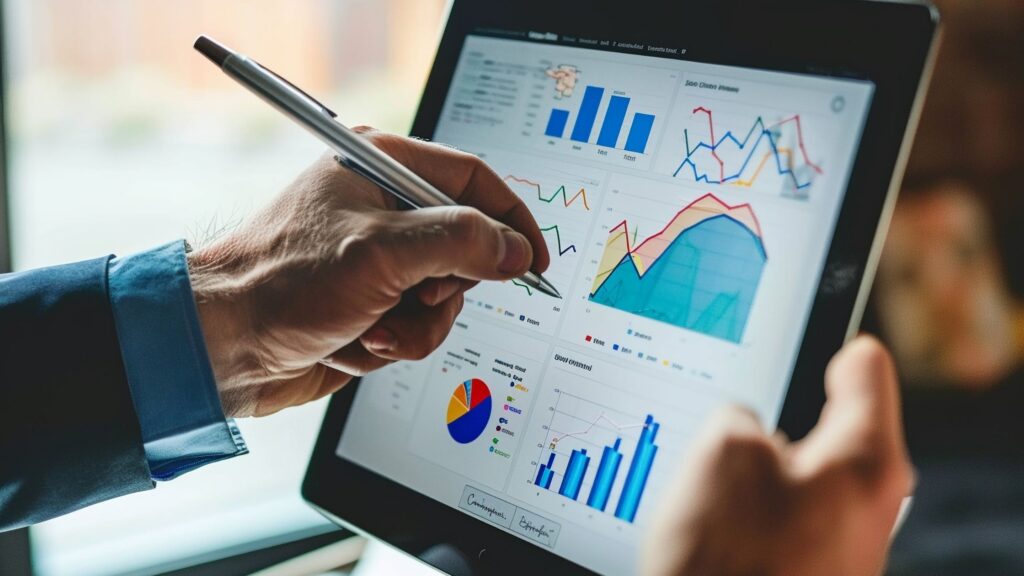
Optimizing Each Stage of the Funnel
Optimizing your sales funnel is essential for improving conversion rates. Each stage must be carefully crafted to maximize effectiveness. Here, we’ll explore strategies for each funnel stage to ensure success.
Attracting High-Quality Leads
To attract high-quality leads, leverage multi-channel marketing. Use online platforms where your audience is active. Social media and industry blogs are prime places to start.
Focus on the right keywords to enhance visibility. SEO strategies can drive organic traffic to your website. Ensure that your content answers the questions your audience is asking.
Position your brand as an expert in your field. Host webinars or participate in industry events. These activities help increase your brand’s reach and credibility.
Engaging Prospects with Targeted Content
Engagement requires targeted content that speaks directly to prospect needs. Personalize your messaging to their specific industry challenges. This ensures the content is not only relevant but also valued.
Diversify your content types to keep them engaged. Blogs, videos, and infographics cater to different preferences. Each format should encourage interaction and provoke thought.
Storytelling in content makes it memorable. Relate to common pain points or share success stories. This not only engages but builds an emotional connection with your audience.
Converting Leads with Compelling Offers
Compelling offers are essential for lead conversion. They should highlight unique product benefits. Ensure the offer stands out amidst competitors’ alternatives.
Time-limited offers create urgency. They motivate prospects to act quickly to avoid missing out. This tactic can substantially increase conversion rates.
Clear calls-to-action are vital. They should guide the prospect toward the next step, making the journey effortless. The easier the process, the higher the likelihood of conversion.
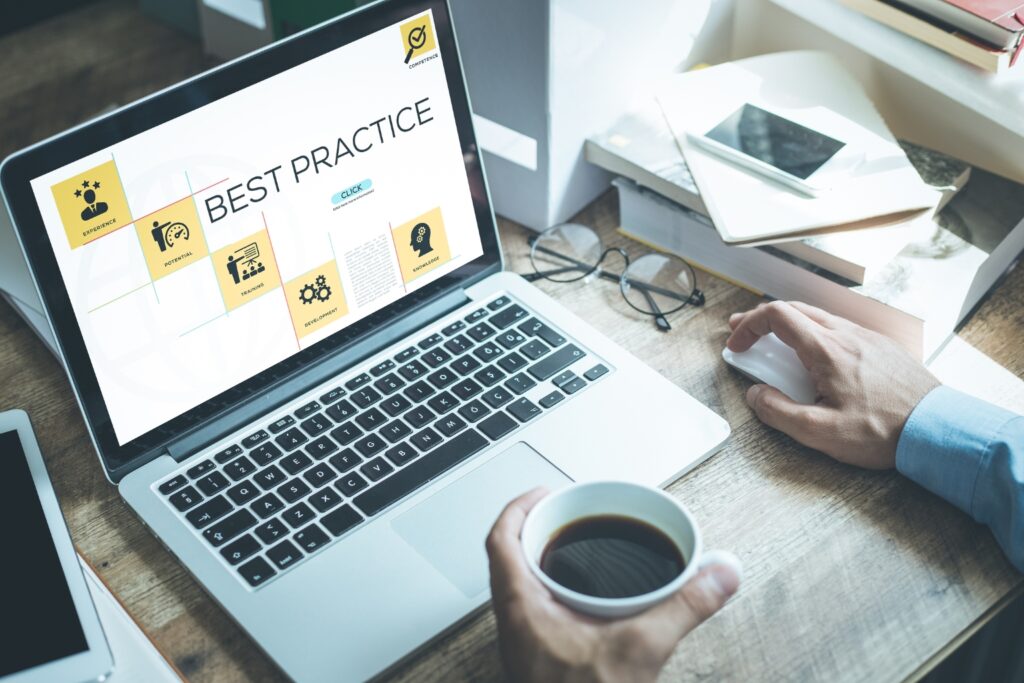
Using Social Proof and Case Studies
Social proof is a powerful persuasion tool. Display customer testimonials and reviews on your site. They provide assurance based on previous customer experiences.
Case studies demonstrate your product’s real-world impact. They show how other businesses overcame challenges with your solution. Present them in detail to build credibility and trust.
Visual elements like graphs or charts in case studies enhance understanding. They make the results of using your product clear. Such clarity can significantly influence purchasing decisions.
Post-Sale Strategies for Retention and Upselling
Retention strategies are crucial for long-term success. Keep customers engaged with regular updates and valuable content. This ongoing relationship builds loyalty over time.
Upselling is most effective when tailored to customer needs. Use insights from their purchase history to suggest relevant upgrades. This approach makes them feel understood and valued.
Post-sale follow-ups are vital. Gather feedback on their experience to improve future interactions. These insights can also inform your ongoing product development.
Leveraging Technology in Your Sales Funnel
In the modern B2B landscape, technology plays a crucial role. It streamlines processes, saves time, and increases efficiency. Harnessing the right tools can transform your sales funnel.
Automation simplifies repetitive tasks. It allows your team to focus on strategic activities. This efficiency can lead to faster decision-making and improved results.
AI offers insights that were previously hard to decipher. It reveals patterns and predicts outcomes. This foresight helps tailor your strategies to meet customer needs precisely.
The Role of Automation and AI
Automation can revolutionize your lead management process. It ensures that leads are nurtured consistently. Scheduled emails and follow-ups keep prospects engaged with minimal effort.
AI enhances personalization like never before. It uses data to craft messages tailored to individual preferences. This approach increases engagement by addressing specific prospect concerns.
Chatbots, powered by AI, provide instant customer service. They offer immediate responses to common queries. This immediacy can significantly enhance the customer experience at the funnel’s top.
CRM and Sales Enablement Tools
CRM tools are indispensable for managing relationships. They store valuable customer information in one place. This centralization allows for seamless communication and follow-up.
Sales enablement tools provide resources for your team. They offer critical data and insights that drive decision-making. Having the right information at their fingertips boosts efficiency.
These tools also facilitate collaboration. Team members can share insights and strategies easily. Enhanced coordination can accelerate achieving shared sales goals.

Aligning Sales and Marketing for Funnel Success
Effective sales funnel strategies for B2B hinge on the seamless cooperation of sales and marketing. These two functions must operate as one cohesive unit. When aligned, they drive more efficient lead management and conversion.
Sales and marketing teams sometimes work in silos. This disconnect can lead to wasted efforts and missed opportunities. Aligning these teams improves communication and leverages strengths from both sides.
Regular check-ins and shared platforms for communication are essential. These practices ensure that teams are on the same page. They help in promptly addressing any issues that arise.
Communication and Collaboration
Improved communication between sales and marketing reduces misunderstandings. It fosters a culture of collaboration and shared success. By having regular strategy meetings, teams can align on goals and objectives.
A single source of truth, like a shared CRM, helps maintain consistency. It allows both teams to have access to the same data. This access reduces discrepancies and improves the decision-making process.
Joint brainstorming sessions can also be incredibly valuable. These sessions allow for the exchange of creative ideas. This collaboration can result in more compelling marketing strategies and sales tactics.
Shared Goals and Metrics
Having shared goals between sales and marketing is key. When both teams aim for the same objectives, efforts become synergistic. This alignment reduces friction and focuses resources more effectively.
Metrics play a critical role in aligning goals. Clear, shared KPIs keep everyone accountable. They ensure that both teams can measure success in terms of actual outcomes.
Regularly revisiting goals and metrics helps to stay agile. Adjustments based on performance data ensure strategies stay relevant. This continuous feedback loop enhances the potential for funnel success.
Case Studies and Real-World Examples
Real-world examples provide valuable insights into successful sales funnel strategies. They illustrate effective practices and common hurdles. By examining these cases, B2B companies can tailor strategies that suit their needs.
Case studies show how various companies navigate the complex B2B landscape. They demonstrate the importance of strategy adaptation over time. Analyzing these examples helps in understanding what works and why.
Insights drawn from real-world applications often highlight specific tactics. These tactics can boost lead generation and conversion rates. Learning from others’ experiences can prevent common pitfalls.
Successful B2B Sales Funnel Strategies
Consider a software company that revitalized its sales funnel by integrating CRM tools. These tools provided valuable analytics, improving lead prioritization. The company saw a 30% increase in conversion rates within six months.
Another example is a manufacturing firm that refined its targeting strategy. They segmented their audience and delivered personalized content. This personalization led to a surge in qualified leads and improved engagement.
A consulting firm successfully employed webinars to drive interest. By showcasing expertise, they moved prospects smoothly through the interest stage. These webinars also built trust, crucial in B2B transactions.
Lessons Learned and Best Practices
One major lesson is the value of flexibility in sales strategies. Markets change quickly, demanding adaptive approaches. Companies must be willing to pivot based on performance data and market trends.
Focusing on customer pain points enhances communication effectiveness. Providing solutions, rather than products, fosters stronger relationships. This customer-centric approach is key to nurturing long-term loyalty.
Consistently monitoring metrics is essential. Regular analysis reveals bottlenecks and areas for improvement. Continuous learning and iteration ensure the sales funnel remains efficient and effective.

Conclusion and Next Steps
Building an effective B2B sales funnel requires careful strategy and ongoing dedication. Each stage of the funnel plays a pivotal role in converting prospects into loyal customers. By tailoring the funnel to the specific needs of your target audience, you set the stage for success.
Adopting the best practices outlined in this article can significantly enhance your funnel’s performance. From crafting compelling content to leveraging advanced technology, these strategies are essential. They form a solid foundation for growth and customer retention.
However, mere implementation is not the end; constant vigilance is crucial. Regularly assess your funnel’s performance using analytics and feedback. This continuous evaluation helps pinpoint what’s working and what’s not, allowing for timely adjustments.
Implementing Your Sales Funnel Strategy
Begin by clearly defining your objectives. Understanding what you aim to achieve ensures alignment of all efforts towards common goals. This clarity guides every decision from lead generation to retention strategies.
Next, assemble the necessary tools and resources. Utilize technology like CRM systems and automation to streamline processes and track progress. Cultivating a skilled team capable of executing the strategy is equally important.
Continuous Learning and Adaptation
The business landscape is ever-changing, demanding an adaptive approach. Stay informed about industry trends and technological advancements. Integrating fresh insights into your sales approach can yield substantial benefits.
Encourage a culture of continuous improvement within your team. Fostering an environment where learning is constant helps maintain momentum. By remaining agile and receptive to change, you ensure the longevity and success of your sales funnel.
WANT TO BE OUR NEXT SUCCESS STORY?
Book a Free Consult
Schedule a 15-minute Free Consultation via Zoom meetings with our Director, Cam Roberts by clicking the button below now:
Recent Articles
- Why Your Email Click Rates Look Low in 2025
- How Our eCommerce Marketing Agency Drove 121% Growth
- What Is Google BARD? A Guide to Google’s New AI
- Facebook Ads Budgeting & Strategies for 2025
- Top Marketing Strategies from Fortune 500 Companies
- Weird & Wonderful: Things Google Probably Doesn’t Want You to Know
- Top 7 Mistakes Businesses Make Without a Facebook Ads Specialist
- Why Automated Sales Funnels Are a Game-Changer for Small Businesses
- How to Choose the Right Facebook Ads Agency in 2025
- Social Media Advertising Trends 2025 for Business Growth
Request A Quote
Request A Quote for your next Website or Funnel Project below:
